The Savory Secret of Brazilian Steakhouse Seasoning: A Flavorful Journey Around the World
Table of Contents
Introduction to Brazilian Steakhouse Seasoning
If you've ever dined at a Brazilian steakhouse, you know that the meat is always perfectly seasoned, juicy, and full of flavor. This magic comes from a special blend known as Brazilian steakhouse seasoning. Unlike the simple salt and pepper you might find in a regular grill, this seasoning is a complex mix of spices that gives grilled meats a unique and unforgettable taste.
While it's commonly associated with the famous churrasco style of cooking, Brazilian steakhouse seasoning isn't just for beef. It can elevate chicken, pork, even vegetables, making it a versatile addition to any kitchen. Whether you're an amateur enthusiast or a seasoned chef, learning about this seasoning can open up a whole new world of flavors.
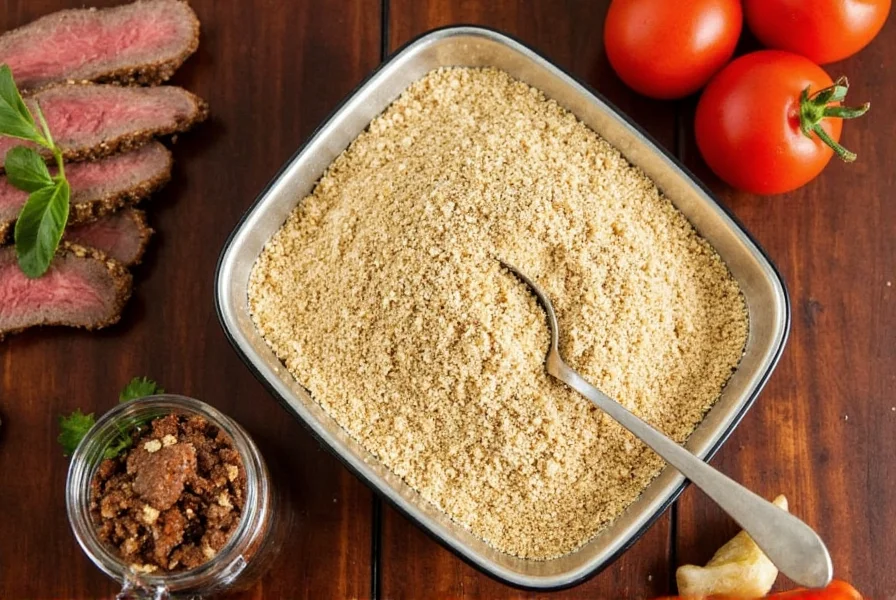
Global Spice Traditions and Their Influence
Spices have been an essential part of human culture for thousands of years, shaping cuisines and identities across the globe. From the smoky warmth of Indian garam masala to the zesty brightness of Mexican adobo, each region has its own signature spice blends. Brazil, too, has developed its own distinct approach to seasoning, influenced by indigenous, African, and European traditions.
Brazilian steakhouse seasoning is a perfect example of how these influences come together. It often includes ingredients like garlic, black pepper, oregano, and paprika—spices that have been used in various forms throughout Latin America. The result is a seasoning that’s bold, aromatic, and deeply rooted in tradition.

Practical Tips for Using Brazilian Steakhouse Seasoning
Whether you're grilling at home or experimenting with new recipes, here are some practical tips to make the most out of your Brazilian steakhouse seasoning:
- Marinate First: For best results, marinate your meat in the seasoning for at least 30 minutes before cooking. This allows the flavors to penetrate deeper into the meat.
- Use on Different Meats: While it's great for beef, don’t limit yourself. Try it on chicken, pork, or even seafood for a unique twist.
- Pair with Complementary Flavors: Brazilian steakhouse seasoning pairs well with citrus, herbs, and even a touch of soy sauce for an umami boost.
- Experiment with Ratios: You don’t have to use the entire blend at once. Adjust the amount based on your taste preferences and the type of meat you’re cooking.
- Try It in Sauces: Don’t forget that the seasoning can also be used in sauces or marinades for added depth.
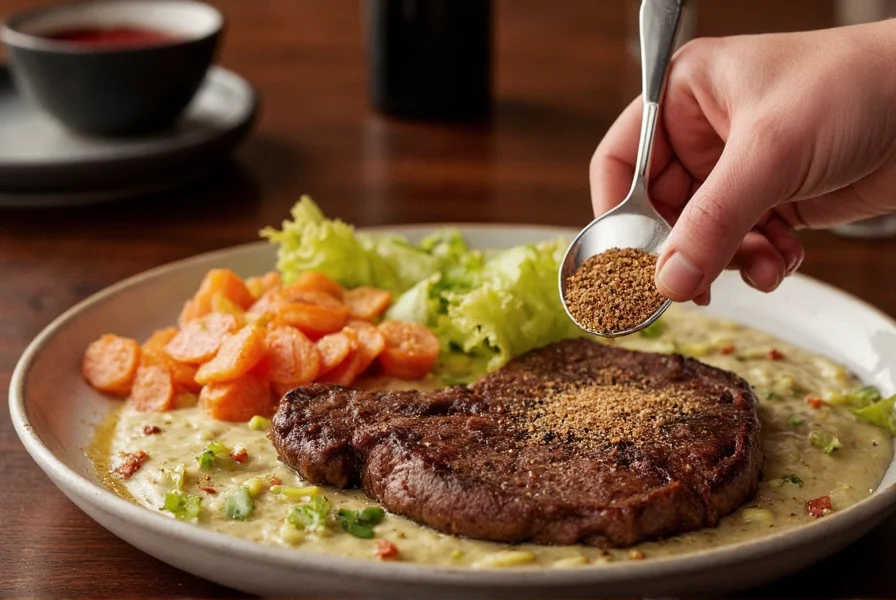
Buying Guide: How to Choose the Right Seasoning
With so many options on the market, choosing the right Brazilian steakhouse seasoning can be overwhelming. Here’s a quick guide to help you make an informed decision:
Features to Look For
- Quality Ingredients: Look for seasonings made with natural spices, no artificial additives, and minimal preservatives.
- Flavor Profile: Some blends are more savory, while others have a hint of heat or sweetness. Choose one that matches your taste.
- Brand Reputation: Opt for brands known for their authenticity and quality, especially those with a strong connection to Brazilian cuisine.
Advantages and Use Cases
- Versatility: Ideal for grilling, roasting, or even adding to soups and stews.
- Convenience: Ready-to-use blends save time and effort without compromising flavor.
- Authentic Taste: Perfect for recreating the experience of a Brazilian steakhouse at home.
Target Audience and Suitable Occasions
- Home Chefs: Great for anyone who loves to cook and experiment with different flavors.
- Grill Enthusiasts: Perfect for backyard BBQs and summer gatherings.
- Cultural Explorers: Ideal for those interested in global cuisines and authentic cooking techniques.

Flavor Comparison Table: Brazilian vs. Other Global Seasonings
| Seasoning | Key Ingredients | Flavor Profile | Best For |
|---|---|---|---|
| Brazilian Steakhouse Seasoning | Garlic, black pepper, oregano, paprika | Savory, slightly smoky, aromatic | Grilled meats, ribs, and hearty dishes |
| Mexican Adobo | Paprika, garlic, cumin, chili powder | Spicy, smoky, tangy | Chicken, pork, tacos, and stews |
| Indian Garam Masala | Cinnamon, cardamom, cloves, cumin | Warm, fragrant, complex | Curries, rice dishes, and roasted vegetables |
| Italian Herb Mix | Oregano, basil, thyme, rosemary | Herby, earthy, fresh | Pasta, pizza, and baked dishes |
| Korean Gochujang Paste | Fermented red chili, glutinous rice, fermented soybeans | Spicy, sweet, umami-rich | BBQ, kimchi, and stir-fries |
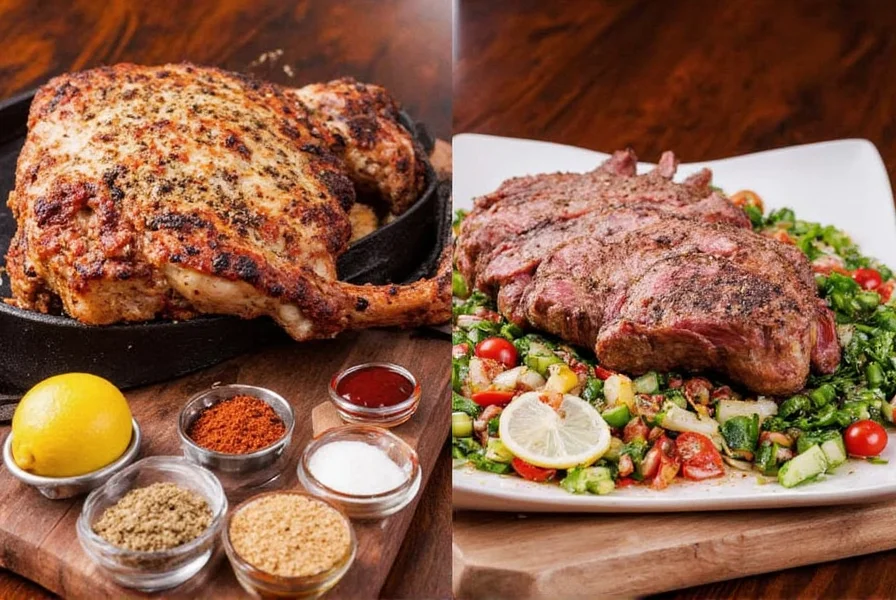
Conclusion
Brazilian steakhouse seasoning is more than just a blend of spices—it's a celebration of flavor, culture, and tradition. Its unique combination of ingredients creates a taste that’s both familiar and exciting, making it a must-have in any kitchen. Whether you're a professional chef or a home cook, this seasoning can transform your meals into something truly memorable.
So why not take a bite out of Brazil? Experiment with this seasoning, explore its versatility, and discover the joy of cooking with global flavors. After all, food is one of the greatest ways to connect with the world—and with ourselves.
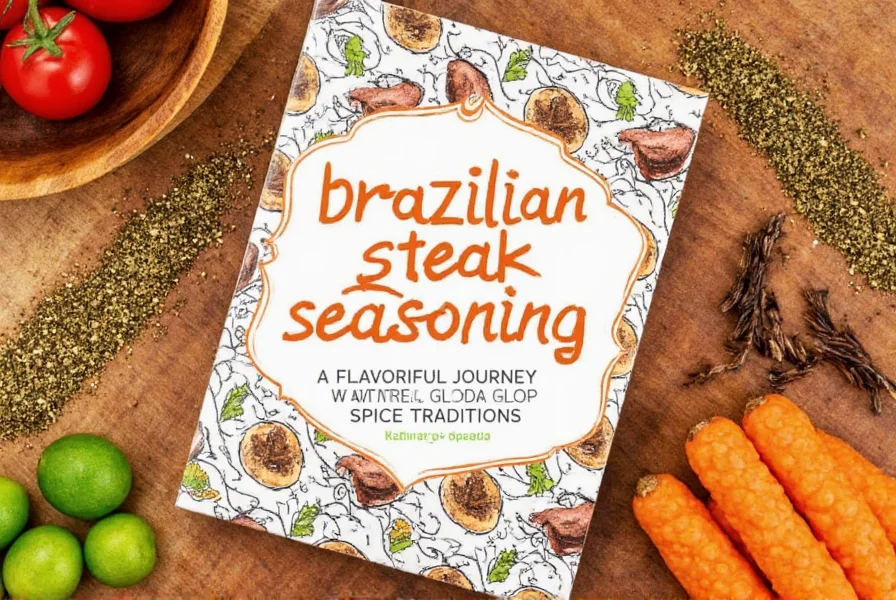

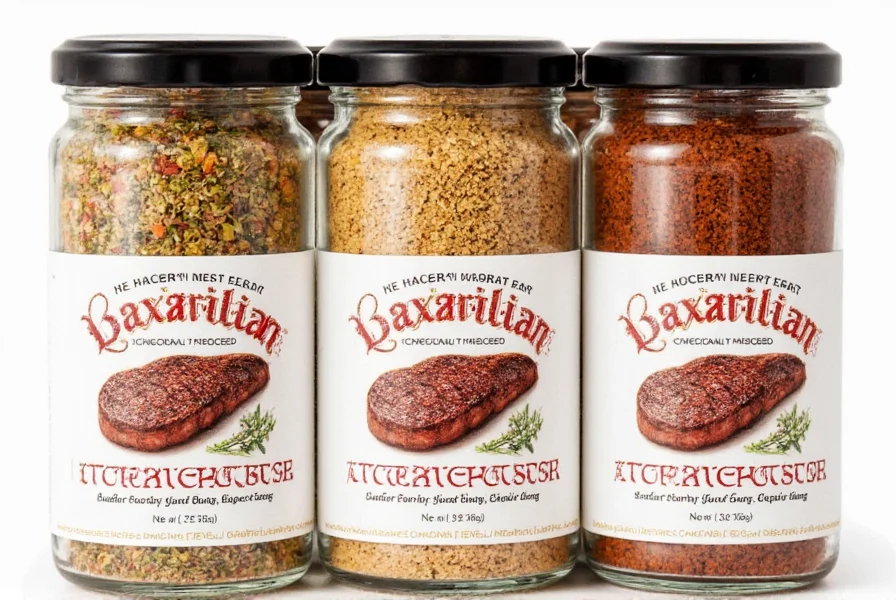









 浙公网安备
33010002000092号
浙公网安备
33010002000092号 浙B2-20120091-4
浙B2-20120091-4